
Giuseppe Maria Crespi, nicknamed Lo Spagnuolo, was an Italian late Baroque painter of the Bolognese School. His eclectic output includes religious paintings and portraits, but he is now most famous for his genre paintings.

Pier Leone Ghezzi was an Italian Rococo painter and caricaturist active in Rome.
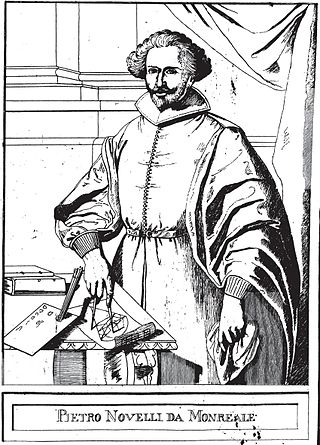
Pietro Novelli was an Italian painter of the Baroque period, active mainly in Palermo. Also known as il Monrealese or Pietro "Malta" Novelli to distinguish him from his father, Pietro Antonio Novelli I. He was also nicknamed by contemporaries as the Raphael of Sicily.

Guglielmo Borremans or Guglielmo Fiamingo (1670–1744) was a Flemish painter whose documented career took principally place in Italy, in particular Naples, Cosenza and Sicily. Here he was one of the pre-eminent late-Baroque fresco painters of the first half of the 17th century who received multiple commissions to decorate churches and palaces.

Giuseppe Nicola Nasini was an Italian painter of the Baroque period and active in Rome and Tuscany.

Giuseppe Pedretti was an Italian painter of the late-Baroque or Rococo period, active mainly in Bologna.
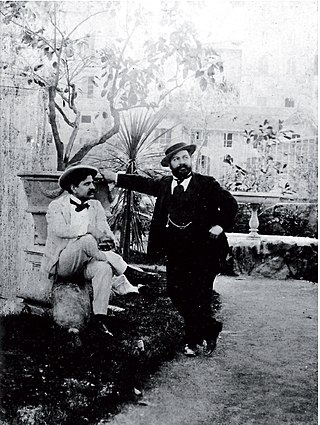
Mario Rutelli was an Italian sculptor.

Giuseppe Tominz, also known as Jožef Tominc, was an Italian-Slovene painter from the Austrian Littoral. He worked mostly in the cultural milieu of the upper bourgeoisie in the Austrian Illyrian Kingdom. He was one of the most prominent portraitists of the Biedermeier period. He became renowned for his realistic portraits. He worked mostly in the Austrian Littoral, but also produced religious paintings in Carniola and in Croatia. His handiwork can be seen in the Church of the Birth of the Blessed Virgin Mary in Donji Stoliv. Nowadays, many of his works are on display in the Revoltella Museum in Trieste, some in the National Gallery of Slovenia in Ljubljana, National Museum of Serbia and in the Museum of History and Art of Gorizia. He is considered part of both the Italian and the Slovenian national culture canon.

Ettore Tito was an Italian artist particularly known for his paintings of contemporary life and landscapes in Venice and the surrounding region. He trained at the Accademia di Belle Arti in Venice and from 1894 to 1927 was the Professor of Painting there. Tito exhibited widely and was awarded the Grand Prize in painting at the 1915 Panama–Pacific International Exposition in San Francisco. In 1926 he was made a member of the Royal Academy of Italy. Tito was born in Castellammare di Stabia in the province of Naples and died in Venice, the city which was his home for most of his life.

Giovan Battista Filippo Basile was an Italian architect.
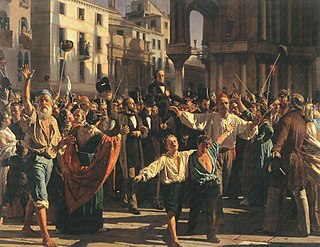
Napoleone Nani (1841–1899) was an Italian painter, active in Venice, where he became professor of the Accademia di Belle Arti.
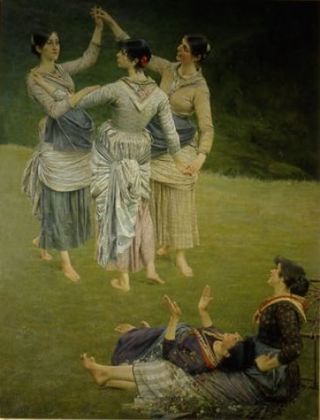
Filadelfo Simi was an Italian painter and sculptor.

Giuseppe Patania was an Italian painter of the Neoclassical period. He painted portraits and historical subjects.
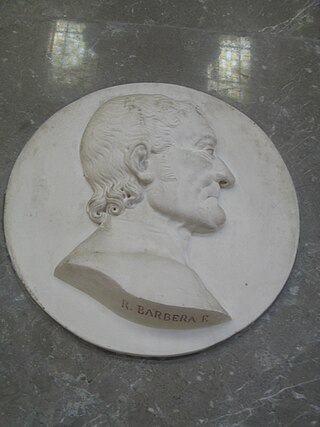
Giuseppe Velasquez, Velasques or Velasco was an Italian painter, active in a Neoclassic style.

Vincenzo Riolo was an Italian painter of the Neoclassical style, active mainly in his native Sicily.
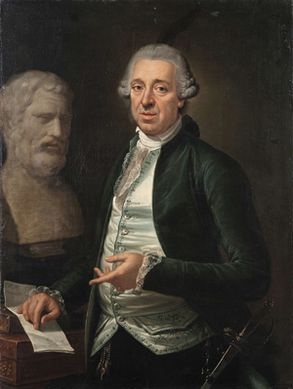
Domenico De Angelis was an Italian painter of the Neoclassic period. Born Domenico Turreggia in Ponzano, he changed his name to De Angelis by 1750, when he moved to Rome with his brother Giuseppe.
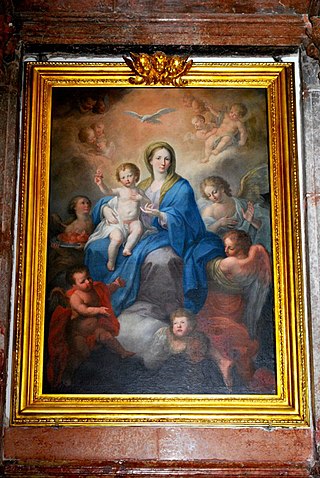
Giuseppe Renda, called "l'Aroddu", was an Italian painter.
Marcello Leopardi (1750–1795) was an Italian painter, depicting both sacred subjects and history in a late-Baroque and early Neoclassic style.
Sebastiano Bagolino was a Latin poet and scholar.

The Modern Art Gallery of Palermo is a civic art gallery of Palermo, displaying works from the 19th until the early 20th century, located on Via Sant'Anna #21, adjacent to the church of Sant'Anna la Misericordia in the ancient quarter of the Kalsa of the city of Palermo, region of Sicily, Italy. The collections were moved to this site, consisting of the former Franciscan convent associated with Sant'Anna and the adjacent Palazzo Bonet.





















